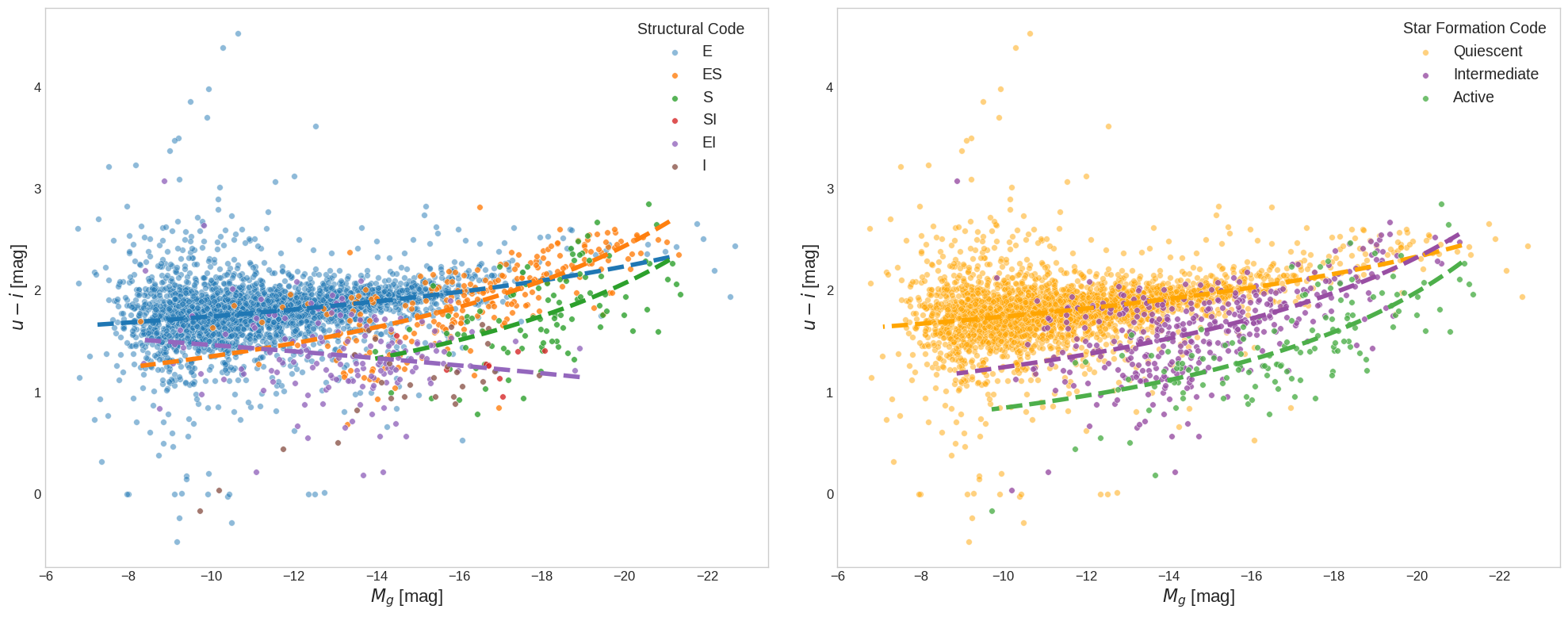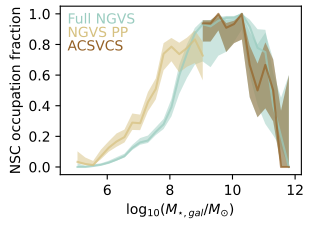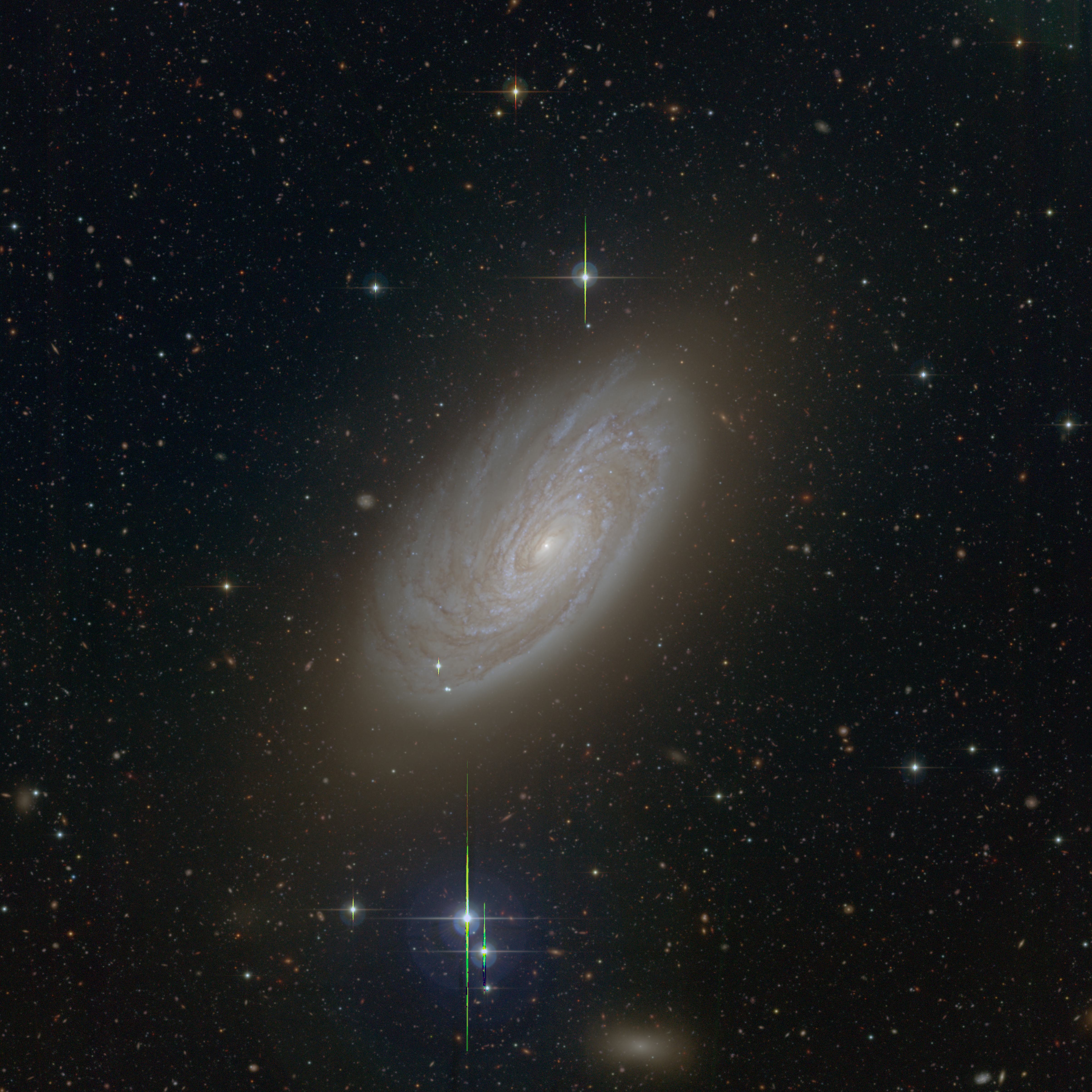About me
Hi, and welcome to my website! My name is Max Kuzner, and I am currently a PhD candidate in Astrophysics at the University of Victoria, focusing on galaxy morphology. If you are here after meeting me in person or hearing me give a talk, let’s get in touch - all of my contact info is on the sidebar on the left! If you have found your way here another way, then kudos to you, and please do stick around! Now that we’ve gotten the basics out of the way, allow me to tell you a bit more about what I’m currently working on!
Visual and Quantitative Morphologies of the Virgo Cluster
I recently submitted a paper on the visual and quantitative morphologies of all galaxies in the Virgo cluster as imaged through the NGVS. My work combines traditional visual morphologies and the full set of catalogue measurements— such as magnitudes, colours, sizes, and projected density— of all galaxies in the cluster with non-parametric morphologies measured with statmorph to complete the deepest morphological census of the Virgo Cluster undertaken so far!
The NGVS Morphology Paper is complete and has been accepted to the Astrophysical Journal! A preprint of the paper is now avaiable on the arXiv 
Nuclear Star Clusters
I also am interested in understanding the formation of nuclear star clusters in dense cluster environments and what these formation processes can tell us about stellar and galactic evolution across cosmic time and in varying environments.

Colour Images for Virgo Cluster Galaxies
As part of my work in determining visual morphologies of galaxies in the Virgo cluster I have created colour images with the ugi images for the entire NGVS. At the moment, these images are only available by request, but in the near future, they will be made accessible to all members of the NGVS team. In the meantime, should you be interested in using any of these images in your research or a talk, feel free to get in touch!

Machine Learning Applications to Galaxy Morphology
I also have dabbled in machine learning applications to galaxy morphology. I am specifically interested in the ability to use classical machine learning networks on tabular data to predict galaxy morphological properties and how these tools can be used in conjunction with image based applications such as convolutional neural networks. A key point that will be addressed in my morphology paper is the utility of highly detailed galaxy samples for better training the next generation of machine learning models in the era of large survey science in astronomy.
